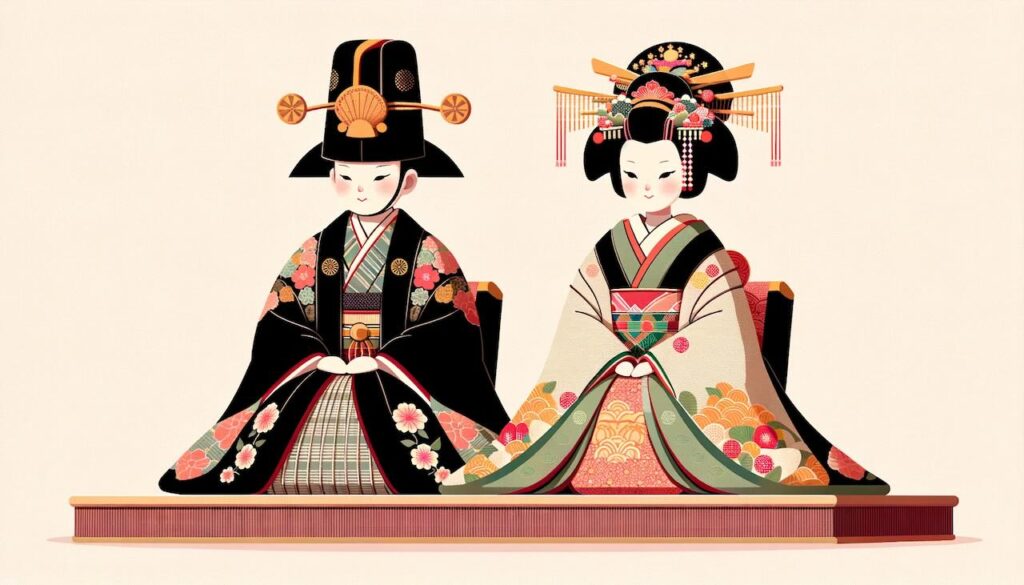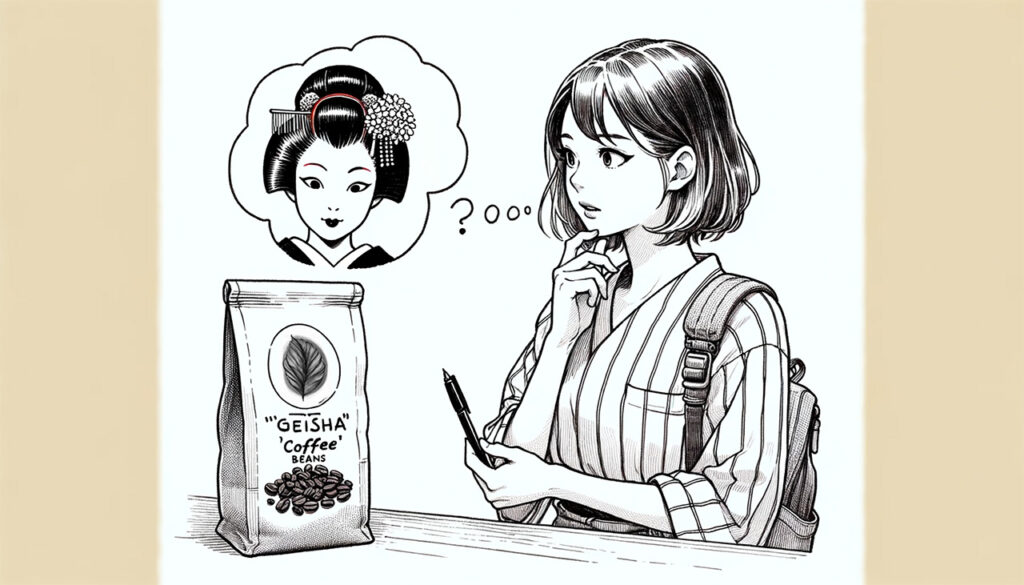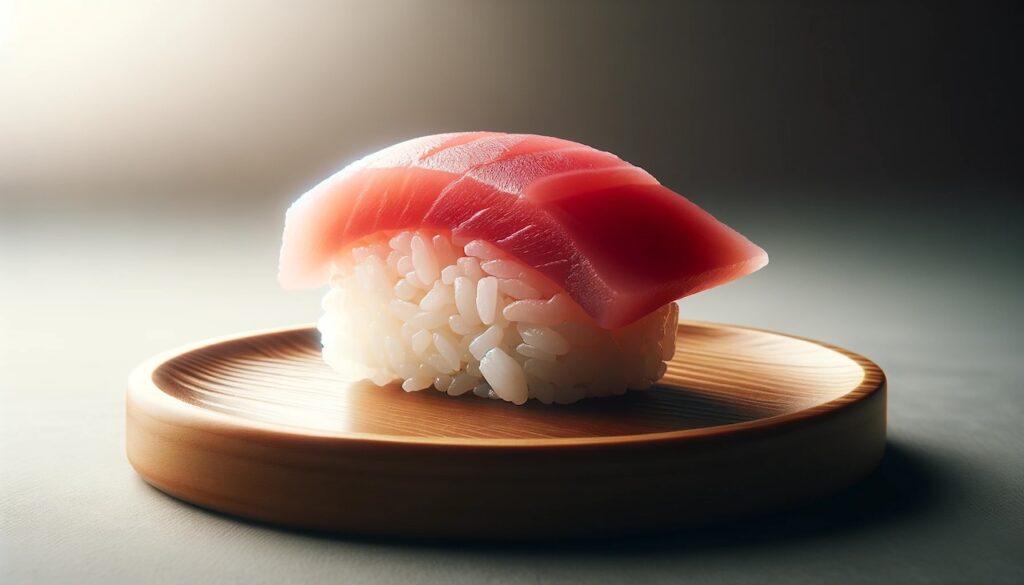Japan’s deep appreciation for nature and seasonal change is beautifully reflected in its “Five Sekku”—five traditional seasonal festivals that have been cherished for centuries. Originally inspired by ancient Chinese customs, these celebrations have evolved into uniquely Japanese traditions centered around health, happiness, and good fortune. Let’s explore the rich history, meanings, and customs behind each of these special days.
What Are the Five Sekku?
The Five Sekku are celebrated on the following dates:
- Jinjitsu no Sekku (January 7)
- Jōshi no Sekku (March 3)
- Tango no Sekku (May 5)
- Tanabata no Sekku (July 7)
- Chōyō no Sekku (September 9)
Each festival marks an important seasonal transition and offers a moment to reflect on health, happiness, and personal growth.
Exploring Each Festival
1. Jinjitsu no Sekku (January 7)
Also known as the Festival of Seven Herbs (Nanakusa no Sekku), this day is celebrated by eating a special porridge made with seven spring herbs. This tradition is believed to promote good health, ward off evil spirits, and welcome a prosperous new year. It remains an important New Year ritual in many Japanese households.
2. Jōshi no Sekku (March 3)
Better known as Hinamatsuri or the Peach Festival, this celebration honors the health and happiness of young girls. Families display ornate hina dolls and enjoy sweet rice cakes and white sake. The timing coincides with the blooming of peach blossoms, symbolizing beauty, vitality, and feminine grace.
3. Tango no Sekku (May 5)
Today recognized as Children’s Day, Tango no Sekku originally celebrated boys’ growth and success. Families display koinobori (carp-shaped streamers) and warrior dolls to inspire strength and bravery. It’s a vibrant and festive day encouraging children to dream big and grow strong.
4. Tanabata no Sekku (July 7)
Known as the Star Festival, Tanabata celebrates the mythological reunion of two celestial lovers, Orihime and Hikoboshi. People write wishes on colorful strips of paper called tanzaku and hang them on bamboo branches. It’s a magical night filled with hopes, dreams, and vibrant decorations.
5. Chōyō no Sekku (September 9)
Also called the Chrysanthemum Festival (Kiku no Sekku), this day is dedicated to the appreciation of chrysanthemums, a flower symbolizing longevity and rejuvenation. Traditionally, people drink chrysanthemum wine and reflect on health and long life. The “double ninth” date (9/9) is considered particularly auspicious in Chinese numerology.
The Modern-Day Significance of the Five Sekku
Although the Five Sekku are less formally celebrated today, they still offer valuable opportunities to:
- Reconnect with nature and the changing seasons
- Strengthen family bonds and friendships
- Preserve and pass down cultural traditions
- Reflect on personal well-being and inner growth
These festivals invite us to slow down, appreciate life’s simple blessings, and celebrate the beauty of each season.
Conclusion
The Five Sekku stand as living traditions that embody Japan’s deep reverence for nature, family, and personal wellness. Each festival, with its unique customs and symbolism, offers a moment to pause, reflect, and celebrate life’s transitions. Even in modern times, honoring these ancient festivals can bring meaningful connection to both our loved ones and the natural world.
Why not embrace these special days and create beautiful, lasting memories with the people who matter most?


